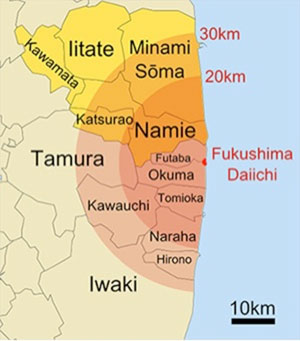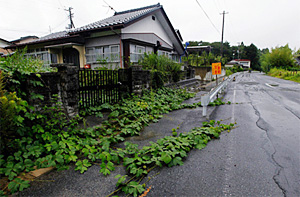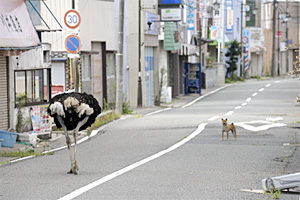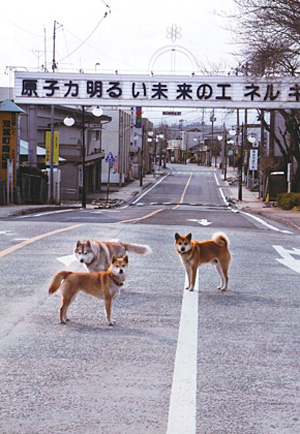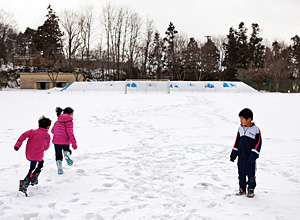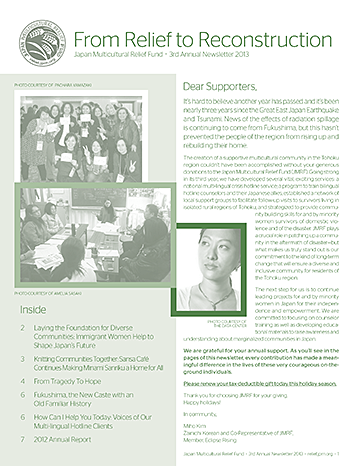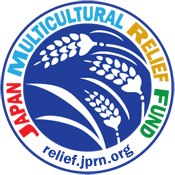Sugok Shin's Speech at the “Bye Bye Genpatsu (Nuclear Power Plant) 3.9 Kyoto”
http://www.youtube.com/watch?v=LiWATq6Djho
Since March 11, 2011, I have visited the disaster struck region for two years now. The reason is easy to explain. There were 91,147 foreign nationals living in five disaster struck prefectures (Aomori, Iwate, Miyagi, Fukushima, Ibaragi) at the time of the earthquake, yet only 23 were confirmed to be dead. I wanted to know what happened to other people.
I am firmly against nuclear power because I’ve learned that nuclear accidents destroy not only people’s bodies, but people themselves.
Television shows an idealized depiction of victims who are moving forward with their lives. But in reality, I have never met such people. Unfortunately, mass media does not show the real damage or suffering. It was one year before I finally learned the true stories of the victims. Survivors live in a state of uncertainty—never knowing whom they can talk to, and whom they cannot. The moment they voice fears towards nuclear radiation in Fukushima, they are attacked, ignored or ostracized. They don’t know how to differentiate between enemies and friends. They don’t know what they can say and to what extent. This is their everyday reality.
People criticize the parents who did not to evacuate. They attack them. But each survivor faces different circumstances, and many cannot migrate to other parts of Japan. In spite of this, those who stay are called “idiots,” while those who have evacuated are called “abandoners.” And those who have abandoned aren’t accepted when they attempt to return to their hometowns. Everyone is suffering. Their circumstances are destroying them. Eventually those who were called “abandoners” are known as “the vanished.”
Children Who Cannot Swing
Children are restricted from vigorous play outside, and as a result, their physical development is limited. 5-year-olds have the physical strength of 3-year-olds. Many 5-year-olds do not even have the strength to swing on a park swing. Without physical strength, their immune systems don’t develop properly and they are prone to illness.
Outlets for Suppressed Emotions
As parents and children suppress their emotions, and bullying amongst siblings emerges. Suppressed emotions need outlets, so where do they go? They go where there is little resistance: women and children. Cases of domestic violence have increased. I once visited a temporary home in the disaster struck region, and a woman approached me and asked me to tell the Ministry of Health, Labor and Welfare not to raise cigarette prices. I asked her why, and she said, “It’s only when my husband is smoking outside, that he doesn’t hit me.”
Foreign Wives
Right after the nuclear accident at the Fukushima Daiichi Power Plant, I received phone calls from a number of foreign wives living in the area. They said, “when I woke up this morning, all the Japanese were gone!” They didn’t know the Japanese words “genpatsu” (nuclear power plant) or “takadai ni hinan” (escape to the hills [to avoid tsunami]). These women were married to Japanese men, but from the Philippines, Thailand, South Korea, China and Vietnam. There was no multi-lingual support available, and so they were left behind. It has been 2 years. Each time I visit them, they tell me what they can in Japanese. But when I ask, “What really happened? How do you feel now?” They switch to their mother tongue, and I cannot understand. I cannot hear their stories. We need a hotline service where they can express their feelings in their own language.
Single Mothers and Self Blame
Japanese media creates a narrative in which a “normative family,” made up of a father and a mother, is seen as crucial for helping children recover from the disasters. Single mothers suffer as they see their lives in the context of the traditional family; they often feel it is because they could not sustain a normative family structure that their children experience difficulties. Often working two or three part-time jobs just to get by even before the earthquake, the disappearance of jobs following the nuclear accident pushes these women to suffer even more. They accumulate large debts without even realizing it.
Discrimination
Companies were the first to discriminate after the nuclear accident. It began with foreign-affiliated insurance companies denying cancer insurance to people in Fukushima. Likely due to their increased risk. Hotels were next. Many would not let people from Fukushima stay because of the potential reaction from other guests. In evacuation areas cars are vandalized, and in schools children are bullied, told that their bodies are “full of radioactivity” and “infectious.” Consequently, many children suffer from anxiety disorder and depression.
Situations like these now take place everywhere. The unfortunate outcome is fractured lives, lack of security, and miserable days regardless of whether or not a victim evacuated.
“Fukushima” has become a new “buraku“ outcast group, born from modern Japan. Fukushima discrimination is the same discrimination we once saw towards 2nd and 3rd generation atomic bomb victims of Hiroshima and Nagasaki, which many of us believed was a thing of the past. Fukushima is also the cause of insurmountable environmental pollution, yet nuclear power plants continued to emerge as a direct result of such discrimination. As we strive towards a new era, we must not discriminate against the victims, the suffering, or the vulnerable. If we live this way, we can fight back against proponents of nuclear power; it is the way I choose to live.



























